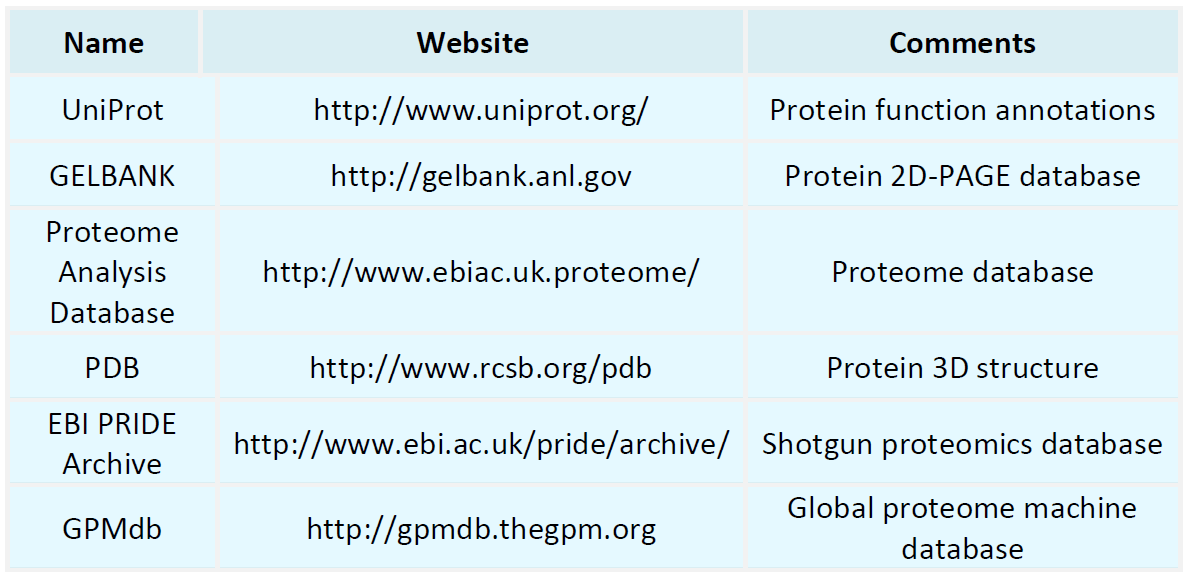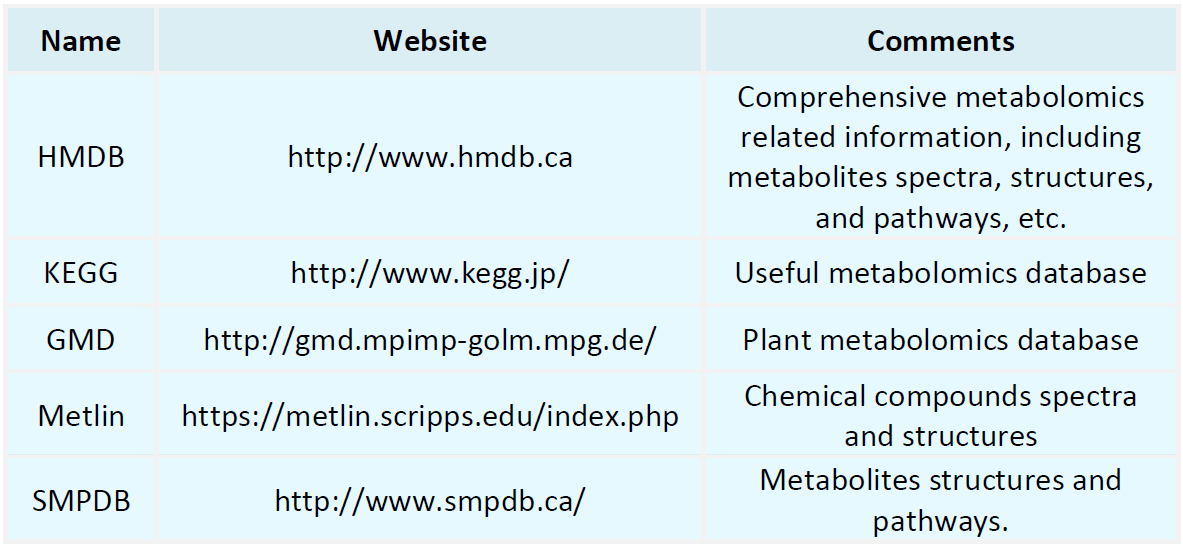Resources
Proteomics Databases

Metabolomics Databases

-
• 7 Powerful De Novo Sequencing Techniques to Unlock Unknown Proteins
De novo protein sequencing is an innovative technique that allows direct determination of the amino acid sequence of proteins without requiring prior genomic or database references. In contrast to conventional database search approaches, de novo sequencing offers a robust method for investigating unknown proteins, particularly in newly identified biological species, post-translational modification (PTM) analysis, antibody engineering, and biomarker discovery. Recent advancements in mass spectrometry i......
-
• Reveal The Core Secret to Mastering N-Terminal Sequencing
N-terminal sequencing is a fundamental technique in protein research for determining the initial amino acid sequence of a protein. It plays a critical role in protein identification, quality control, and structural characterization. However, achieving precise N-terminal sequencing results requires careful methodological optimization. What are the key factors influencing sequencing accuracy and success rates? In this article, we unveil the core strategies for mastering N-terminal sequencing, equipping ......
-
• Optimization of De Novo Protein Sequencing with Mass Spectrometry
De novo protein sequencing is the process of determining the amino acid sequence of a protein without relying on genomic or protein databases, using high-resolution mass spectrometry. Unlike homology-based sequence analysis, which depends on database comparisons, de novo sequencing is particularly valuable for studying proteins from unknown species, characterizing epigenetically modified proteins, and developing antibody-based therapeutics. By analyzing fragment ion spectra of enzymatically digested p......
-
• N-Terminal Sequencing: 8 Common Mistakes You Must Avoid
N-terminal sequencing is widely used to determine the N-terminal amino acid sequence of proteins and peptides. The accuracy of its results is crucial for protein identification, functional annotation, and understanding disease mechanisms. However, even minor deviations in experimental design and execution can lead to distorted data or incorrect conclusions. This article outlines 8 common mistakes in N-terminal sequencing and offers strategies to mitigate them, helping researchers enhance both experime......
-
• Applications of De Novo Protein Sequencing in Proteomics
De novo protein sequencing circumvents these constraints by directly determining the primary amino acid sequence of proteins, establishing itself as a transformative tool in proteomics. Proteomics seeks to systematically characterize the composition, modifications, and functions of proteins in biological systems. However, traditional approaches depend on pre-existing genomic databases, limiting their ability to analyze unknown proteins, complex modifications, and non-model organisms. This review highl......
-
• Experimental Steps and Data Analysis Strategies in De Novo Protein Sequencing
De novo protein sequencing is a mass spectrometry-based technique that enables the direct determination of full-length protein sequences without reference to genomic or protein sequence databases. This approach is widely utilized in the identification of novel biomarkers, antibody drug development, and the characterization of proteins from non-model organisms. It is particularly valuable for analyzing unknown proteins, such as newly discovered biomarkers and antibody variable regions, as well as prote......
-
• Advantages and Limitations of De Novo Protein Sequencing
De novo protein sequencing is an advanced technique for determining protein sequences without requiring genomic data or database references. This approach is particularly valuable for studying unknown proteins, novel antibodies, non-model organisms, and complex post-translational modifications (PTMs). Unlike traditional mass spectrometry-based identification, which relies on database searches, de novo sequencing is especially useful for novel protein discovery and modification analysis. However, chall......
-
• How Does Native MS Revolutionize Structural Biology?
Native MS is an advanced analytical technique that enables the characterization of protein mass, assembly states, and molecular interactions under near-physiological conditions. As structural biology expands from single-protein studies to complex, dynamic multiprotein systems, native MS has emerged as a transformative and complementary approach that enhances conventional structural biology methods. This review systematically examines the critical role of native MS in structural biology, highlights its......
-
• Flow Injection Analysis Mass Spectrometry
Flow injection analysis mass spectrometry (FIA-MS) combines the strengths of flow injection analysis and mass spectrometry, enabling rapid and precise qualitative and quantitative analysis of chemical components in complex samples. The underlying principle of FIA-MS is relatively straightforward. In this method, a liquid sample is introduced into the injection valve through a flow injection system, where it mixes with a carrier solvent before entering the mass spectrometer under controlled conditions.......
-
• Receptor Identification and Characterization
Receptor identification and characterization techniques are extensively utilized in modern biological research fields, including drug development, disease studies, and fundamental biological investigations. Receptors, which are proteins located on the cell surface or within cells, are responsible for detecting and binding specific signaling molecules-such as hormones, neurotransmitters, and drugs-thereby initiating biological effects. Within biological systems, receptors function akin to switches, con......
How to order?







